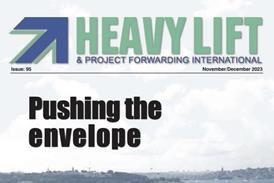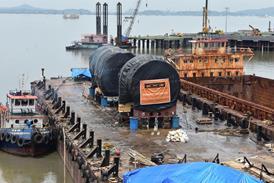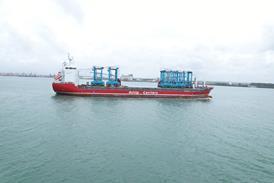November 26 - A new ship routing system will come into effect on June 1, 2015 at Papua New Guinea's Jomard Entrance.
The International Maritime Organization's (IMO) Maritime Safety Committee adopted the ship routing system last week. This was the final approval required for a joint proposal made by Papua New Guinea's National Maritime Safety Authority (NMSA) and the Australian Maritime Safety Authority (AMSA) to IMO earlier this year.
AMSA joined Papua New Guinea in submitting the proposal, as the majority of shipping traffic through this entrance is from or bound for ports on Australia's east coast. Based on the latest available data, an average of 27 large commercial ships pass through Jomard Entrance each day.
Four two-way routes and a precautionary area will be established at Jomard Entrance, which lies in the Milne Bay Province of Papua New Guinea. One of these routes extends approximately 20 nautical miles to the north of Jomard Entrance, while the other three routes align with general traffic patterns to and from eastern Australian ports, and extend approximately 3.5 nautical miles south of the entrance.
AMSA chief executive officer Mick Kinley said the new two-way routes through Jomard Entrance would enhance navigational safety and protect the environmentally sensitive waters of this region.
"A risk assessment found that introducing two way routes would reduce the risk of collisions at Jomard Entrance," Kinley said.
"These new two-way routes will separate north and south bound traffic and ensure ships keep well clear of reefs in the area, making navigation there safer and easier.
"The establishment of such a measure will safeguard Australia's strategic and economic interests and cater to the forecast growth in traffic through this area in coming years, which will be largely driven by the mining sector," he said.
Paper and electronic navigational charts reflecting the changes will be made available in coming months from the Australian Hydrographic Service.















